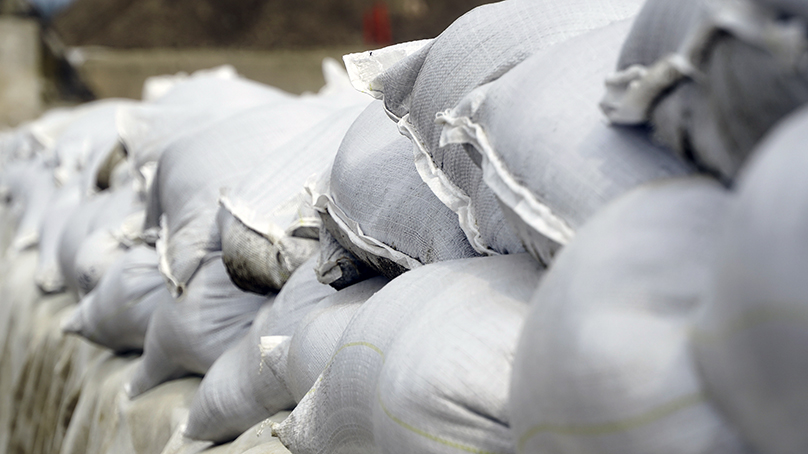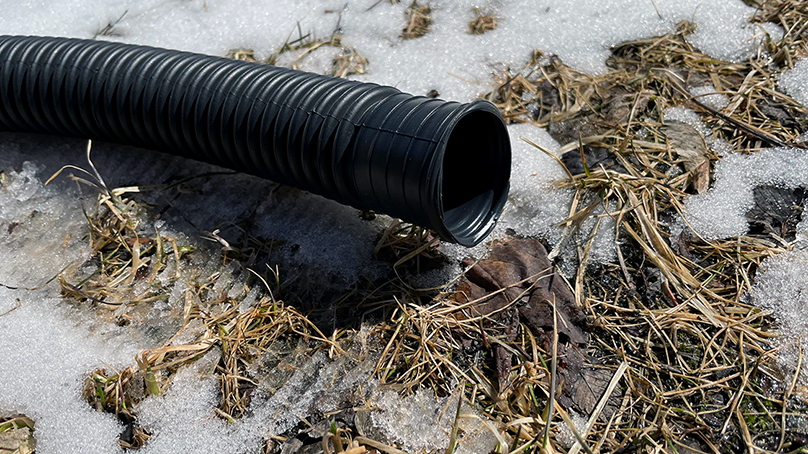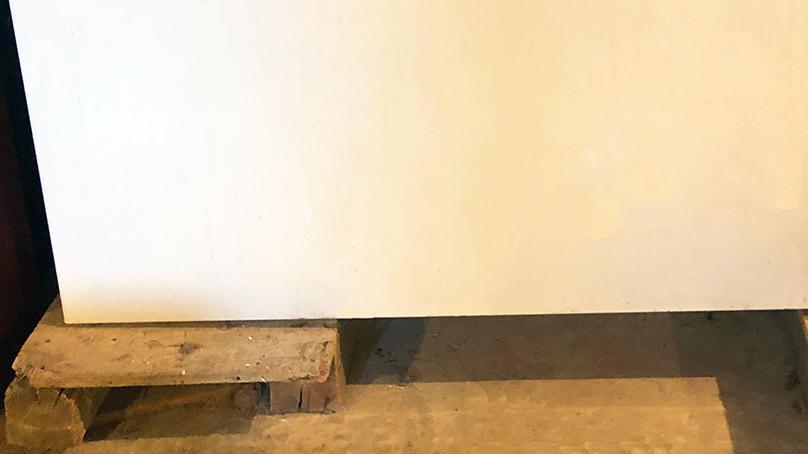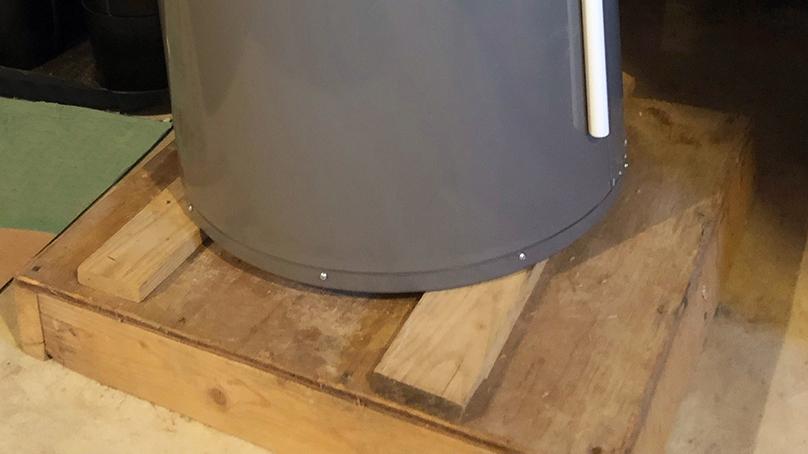
No matter where you live in Winnipeg, there is a risk you could face basement and overland flooding. Rain and snow melt can quickly cause water to creep onto your property and threaten your home. If you aren’t already prepared with sandbags in place, it might be too late to protect your home from damage from flooding.
If you don’t stop it, water will find any opening in your home, such as a crack in your foundation, window wells, or failed weeping tiles. It can also come up through basement drains. This is why it is important to be prepared for the potential of flooding as far in advance as possible.
Watch the weather
Make sure to check the forecast often and pay attention to watches and warnings. A quick temperature swing from cold to warm weather with snow still on the ground or a risk of sudden, heavy downpours are a few things to be concerned about that could lead to flooding.
Check your basement infrastructure
Even before the weather poses a risk, take a look at what flood prevention infrastructure you have in your basement and make sure everything is in working condition.
A backwater valve is required in homes built after 1979. It prevents sewage in an overloaded main sewer line from backing up into your basement.
A sump pit drainage system is required in homes built after 1990. It has a pit in the basement floor that collects water from your weeping tiles around your home and a pump inside it to push water in the pit to the outside through a hose.

Make sure the hose is always pointed towards your yard and away from your foundation. Otherwise it could end up redirecting the water back into your basement. The hose should not be emptying into your floor drain. That is illegal and can increase the risk your basement will flood.
Some older homes may have these added after construction. If you aren’t sure if you have them, or don’t know if they are working correctly, contact a licensed plumber.
Protect your belongings
Taking the time to prepare your basement can help minimize damage should it flood.
Putting wood blocks under appliances, such as washers, dryers, and freezers, to lift them off the floor will help prevent them from potentially being damaged by water. It is common for backups to be less than a few inches of water.
Avoid storing belongings in cardboard boxes directly on the floor in the basement. Instead, try to store them on a shelf or in plastic totes, if possible.
If there is a flood watch or warning in effect, you should consider moving belongings you don’t want to be damaged to a higher floor of your home.
Consider protecting your outside property as well, especially if you live along a river or back out onto a retention pond. Just like a river, the water level in retention ponds typically rise during a heavy rain storm or snowmelt. In some cases, the level in the pond could jump more than a metre in a short time span and stay high for several days before receding.
During the spring, you can proactively pick up sandbags. Sandbags will be available to residents who may be expecting or experiencing overland flooding beginning April 10, 2023 at 960 Thomas Ave. from 7 a.m. to 7 p.m. They can be used to hold back water from your foundation and from entering your home’s window wells.
Prepare for a power outage
Your sump pump needs a power supply. This means it won’t work during a power outage, and an alternate power source would be needed. If you have a generator as backup power, it should only be operated outside and never indoors or in an enclosed space.
This is why it is important for you and your family to have a 72-hour emergency kit that can be used during a power outage, flood, or other disaster. It should have enough food and supplies to last everyone three days.
If your basement floods
Make sure to check your basement often to spot flooding early, should it occur. In the unfortunate event it happens, you’ll want to take personal precautions for your safety. If the water is above your electrical outlets, heaters, furnace, other electronics or your electrical panel, do not enter your basement as the water could have an electrical current.
If you are bucketing out water, do not put it down any of your drains. Make sure to dump the water outside.
When you are cleaning up, make sure to follow the procedures from the Government of Canada, the Province of Manitoba, and the Red Cross for what to do after the floodwaters recede.
Flood damaged materials should not go in your garbage or recycling. Instead, they should be taken to the Brady Road Resource Management Facility.
You should contact your insurance company as soon as possible. If you believe that you have a claim against the City for bodily injury or damage to your property, you must provide us with notification immediately following, or as soon as possible after the damage or injury has occurred.
Be safe around high water
All flood waters should be considered dangerous. Avoid travelling on water covered roadways and stay away from high rivers and retention ponds.
Originally published on April 26, 2022


